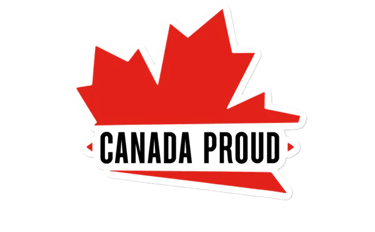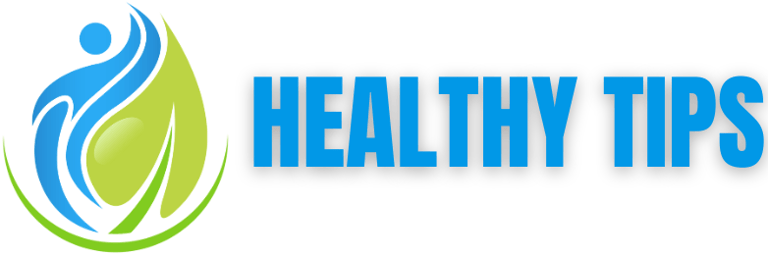WELCOME TO HEALTHY TIPS!
How to Read a Nutrition Label Like a Pro: Don’t Get Tricked!
Don't be fooled by "healthy" marketing. This step-by-step guide teaches you the 3 things to look for first on a nutrition label, the sneaky synonyms for sugar, and how to spot unhealthy fats.
The Healthy Tips Team
8/22/20252 min read


Decoding the Nutrition Label
Nutrition labels can be quite tricky, especially with all the fancy marketing tactics companies use to make their products look healthier than they really are. But fear not! With just a few simple steps, you can learn how to read a nutrition label like a pro and make smarter choices for your health.
The First Three Things to Look For
When you pick up a product, the first three things you should look at on the nutrition label are the serving size, calories per serving, and the total fat content. Understanding the serving size is crucial because all the nutritional information listed is based on that amount. If you consume more than the serving size, you're consuming more calories and fat than you might think!
Next, check the calories. If a product is loaded with calories, it can quickly add up to your daily intake, especially if you’re not careful. Finally, take a look at the total fat content. Pay attention to what kind of fat is being used, as some fats are healthier than others.
Watch Out for Sneaky Sugar Synonyms
One of the biggest traps in reading nutrition labels is sugar. Many products that claim to be healthy are sweetened with various types of sugars that may not be immediately recognizable. Look for words like fructose, glucose, sucrose, and corn syrup. These are all forms of sugar that can significantly increase the overall sugar content of a product, often disguising themselves under healthy-sounding names.
It’s important to remember that just because a product boasts it’s sugar-free, it may still have other sweeteners that aren’t as healthy, like artificial sweeteners. Always check the ingredients list for these hidden sugars and choose options that use natural sweeteners when possible.
Spotting Unhealthy Fats
Another crucial element to examine is the fat content. Not all fats are created equal! Look for terms like trans fats, partially hydrogenated oils, or saturated fats in the ingredients. These are often indicators of unhealthy fats that can increase your risk for heart disease and other health issues.
On the other hand, healthy fats found in avocados, nuts, and olive oil are beneficial for your well-being. So, make sure to choose products that contain these healthier fats instead of the unhealthy ones.
In conclusion, reading nutrition labels doesn’t have to feel overwhelming. With this cheat sheet on what to look out for, you’ll gain the confidence needed to navigate grocery store aisles without falling for clever marketing ploys. Remember to pay attention to serving sizes, keep an eye on sugar synonyms, and be aware of the type of fats you’re consuming. Happy shopping!
With Gratitude,
The Healthy Tips Team
CONTACT US
Subscribe for more Healthy Tips
© 2025. All rights reserved.


